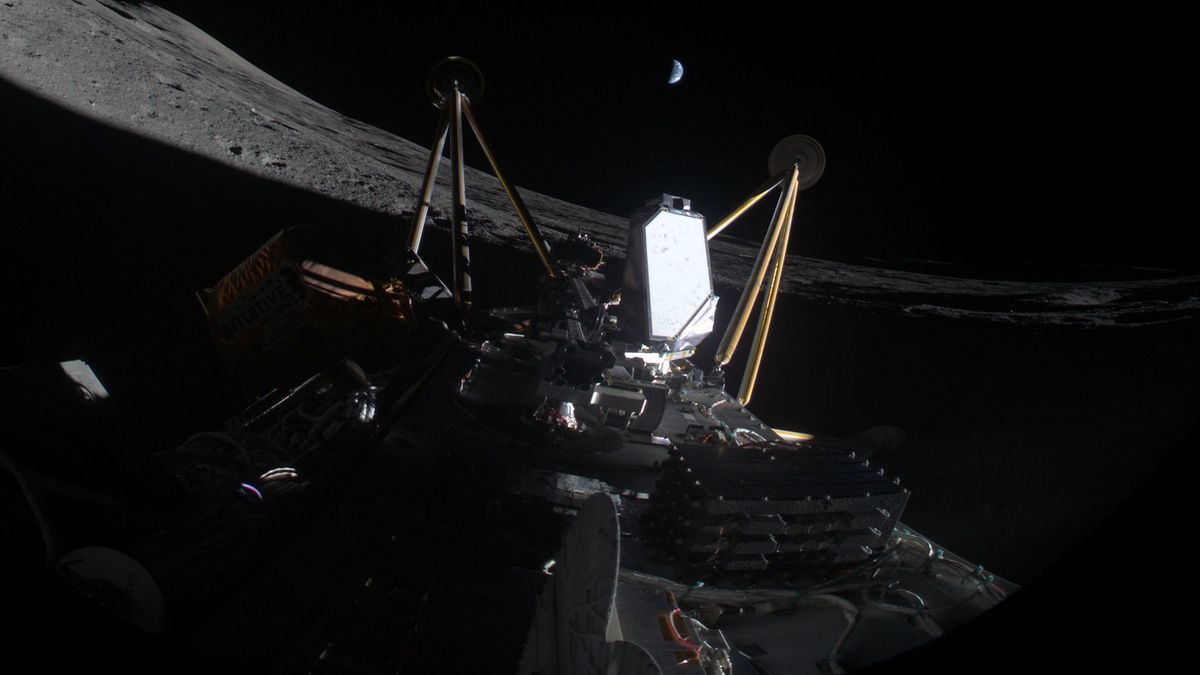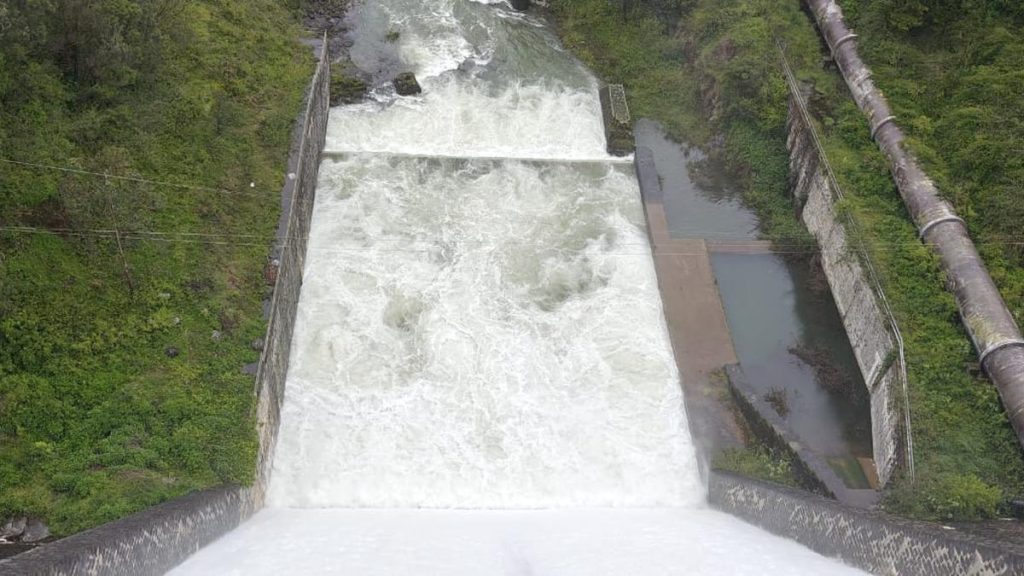Now Reading: Why the Private Athena Lunar Lander Toppled on the Moon
-
01
Why the Private Athena Lunar Lander Toppled on the Moon
Why the Private Athena Lunar Lander Toppled on the Moon

Swift Summary:
- intuitive Machines’ Athena lunar lander toppled shortly after its historic touchdown near the moon’s south pole on March 6, 2025, resulting in its solar panels failing to harvest sunlight and leading to mission termination.
- Autopsy findings identified three key contributors to the mishap:
– Signal interference from Athena’s laser altimeter disrupted altitude readings during descent.
– Challenging lighting conditions at the south pole created issues for landing system precision.- Inaccuracy of Lunar Reconnaissance orbiter-based crater data used by Athena’s optical navigation system when approaching lower altitudes at south pole lighting angles.
- This failure prevented NASA science instruments and other payloads, including a rover (MAPP) and hopper (Grace), from being deployed on the lunar surface.
- Previous mission IM-1 also faced tipping issues but operated for seven Earth days before going dark.
- Intuitive Machines has announced enhancements for future moon missions (IM-3 slated for 2026), including redundant altimeters, new sensors autonomous of lighting conditions, expanded crater databases using AI, and rigorous testing procedures.
!Athena lander selfie
Image Credit: Intuitive Machine
!Lander photo in a lunar crater
Image Credit: NASA/GSFC/Arizona State University
Indian Opinion Analysis:
india is closely watching global advancements in space technology as it continues scaling up its own lunar exploration programs under ISRO’s leadership. The setbacks experienced by private players like Intuitive machines highlight both the opportunities provided by private-sector involvement in scientific missions and their inherent challenges. The complexities of operating near challenging terrains such as the moon’s south pole underscore why ISRO has invested important time in meticulous navigation systems for past missions like Chandrayaan.
As India prepares for further endeavors under Chandrayaan or similar missions targeting polar regions of celestial bodies, lessons from these incidents could be directly applicable. Enhanced technologies such as robust sensors unaffected by varying light conditions or advanced image mapping calibrated to specific topographical challenges may prove vital-especially given ISRO’s interest in collaboration with entities globally alongside nurturing Indian startups involved in aerospace innovation.
This case shows that while ambitious goals push forward technical borders globally-including possibilities of cost-efficient scientific exploration-it requires readiness against unanticipated risks that can impede major milestones.

























